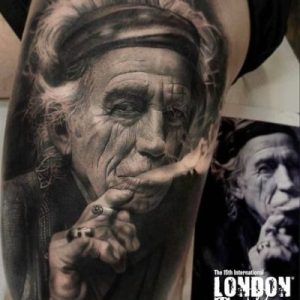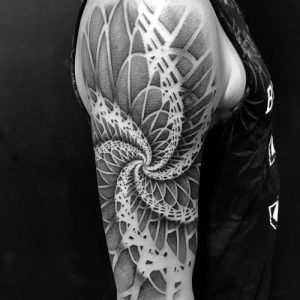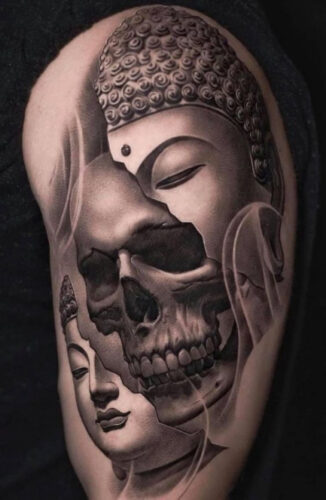
Tattoos have been a form of personal expression for centuries, and in recent years they’ve become more popular than ever.
With the rise of social media, people are sharing their inked creations with the world, inspiring others to join in the fun.
But if you’re considering getting a tattoo, you want to make sure you’re making an informed decision.
Buddhism is a religion that has gained immense popularity worldwide, with millions of followers across the globe.
One of the most recognizable symbols of Buddhism is the Buddha statue, and it has become a popular subject for tattoos.
A Buddha tattoo can represent a person’s faith or simply a symbol of their admiration for the Buddha’s teachings.
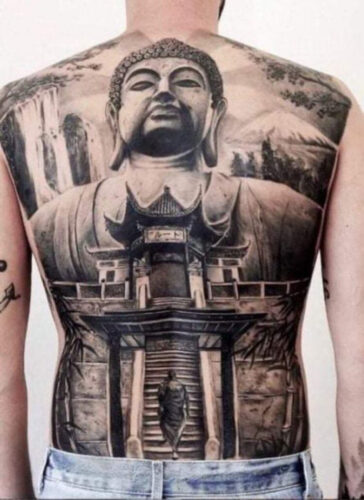
But before you get a Buddha tattoo, it’s essential to understand the meaning behind the tattoo and its cultural significance.
In this article, we will discuss everything you need to know about Buddha tattoos.
A Buddha tattoo is a tattoo that features an image or representation of the Buddha.
The Buddha is a central figure in Buddhism, and his teachings have influenced millions of people worldwide.
The tattoo can be a simple outline of the Buddha’s face, or it can be a more detailed design that includes other Buddhist symbols or imagery.
A Buddha tattoo can have different meanings, depending on the individual’s perspective.
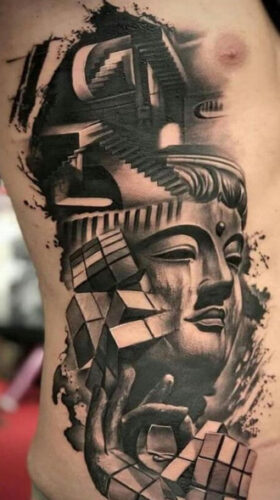
For some, the tattoo represents their faith and devotion to Buddhism.
For others, the tattoo is a symbol of peace, enlightenment, and inner strength.
Some people get a Buddha tattoo as a reminder to live a mindful and compassionate life, as taught by the Buddha.
There are several types of Buddha tattoos that you can choose
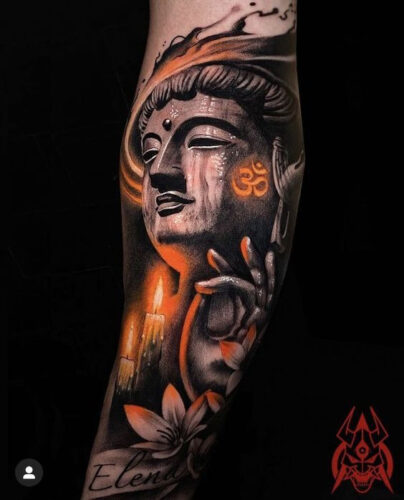
• Buddha Face Tattoo: This tattoo features a detailed or stylized representation of the Buddha’s face. It’s a popular choice for those who want a simple yet meaningful tattoo.
• Meditating Buddha Tattoo: This tattoo features the Buddha in a meditative pose, representing inner peace and tranquility.
• Laughing Buddha Tattoo: The Laughing Buddha is a popular symbol in Chinese culture and represents good luck, happiness, and prosperity. The tattoo usually features a plump, jolly figure with a big smile on his face.
• Lotus Flower Tattoo: The lotus flower is a symbol of purity, enlightenment, and rebirth. It’s often depicted in Buddha tattoos, representing the journey towards spiritual awakening.
When choosing a Buddha tattoo design, it’s essential to research and understand the cultural significance of the symbol.
Buddhism is a religion with deep roots and history, and it’s crucial to respect its teachings and traditions.
Here are some tips for choosing a Buddha tattoo design:
• Research the meaning and symbolism behind the Buddha image or symbol you want to use.
• Choose a design that resonates with your personal values and beliefs.
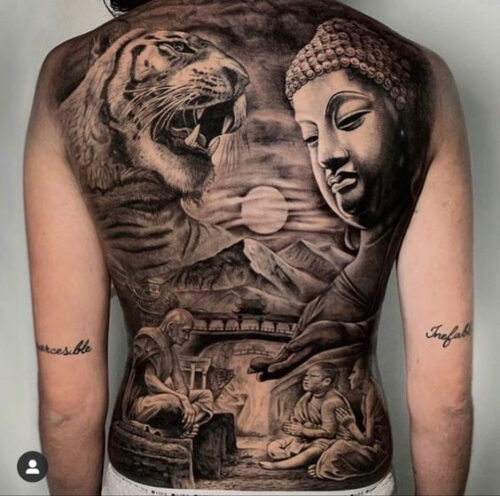
• Work with a professional tattoo artist who has experience creating Buddhist tattoos.
• Consider adding other Buddhist symbols or imagery to your tattoo to enhance its meaning and significance.
A Buddha tattoo can be a meaningful and powerful symbol of faith, inner strength, and enlightenment.
But before getting a Buddha tattoo, it’s essential to understand the meaning behind the symbol and respect its cultural significance.
With the right design and approach, a Buddha tattoo can be a beautiful and lasting reminder of the Buddha’s teachings and your own journey towards spiritual enlightenment.


